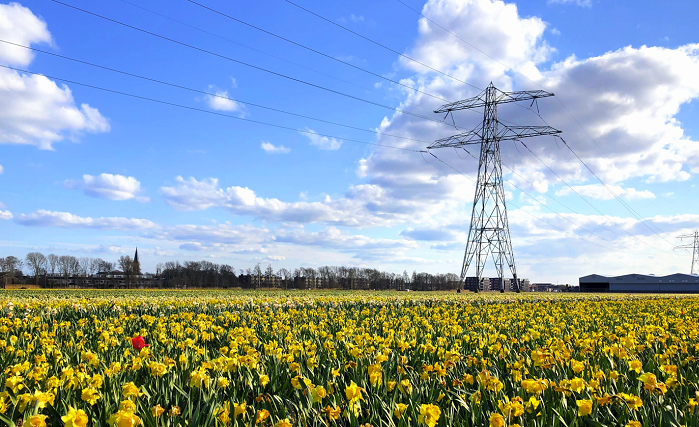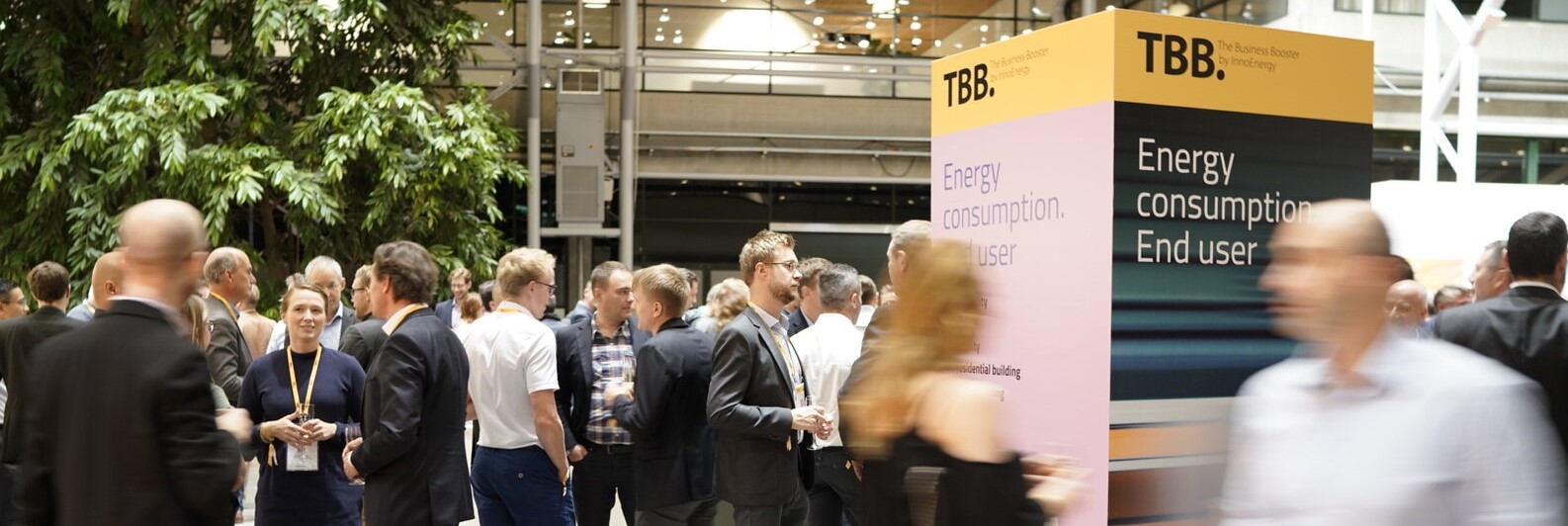InnoBlog: Smart grid challenges – the prosumer

This blog is the first in a two-part series on the challenges around consumers being more active in the energy transition.
Traditionally, electricity consumers have been, well, just consumers.Electricity was generated in large power plants, transmitted and distributed via the grid, and then flowed to power homes, businesses, and more. However, with the Clean Energy Package (CEP) that the European Commission unveiled in 2019, the advent of the active consumer – aka “prosumer” – has begun.
Prosumers challenge the conventional power flow. Instead of it only flowing one way, prosumers may also be involved with bidirectional power flow. This means that they are equipped with some sort of small-scale generation or storage asset, such as a home with rooftop solar photovoltaic (PV) panels, residential energy storage in the form of a lithium-ion battery, or an electric vehicle (EV) that allows vehicle to grid access – or a combination of these!
Challenges and opportunities
While this system contributes to a clean energy future, it also challenges the traditional system. As such, new challenges arise. In my Master’s in Smart Electrical Networks and Systems (SENSE), we often learned about, discussed, and debated solutions to precisely these challenges.
For example, in Belgium, we listened to Distribution System Operators (DSOs) share with us how in each spring and each fall they must manually recalibrate voltage settings on transformers, to compensate for the differences in summer (with high residential solar power generation) and winter (with low residential solar power generation). While on a field trip in Barcelona, we visited a substation and learned which components help balance these bidirectional power flows while ensuring safe and efficient operation.
However, the challenges that prosumers pose to the conventional electricity system are not only technical. In fact, they also provide new opportunities for innovation in suppliers’ business models and the retail electricity market. After all, many active consumers made the decision to invest in their assets after considering their financial benefits.

